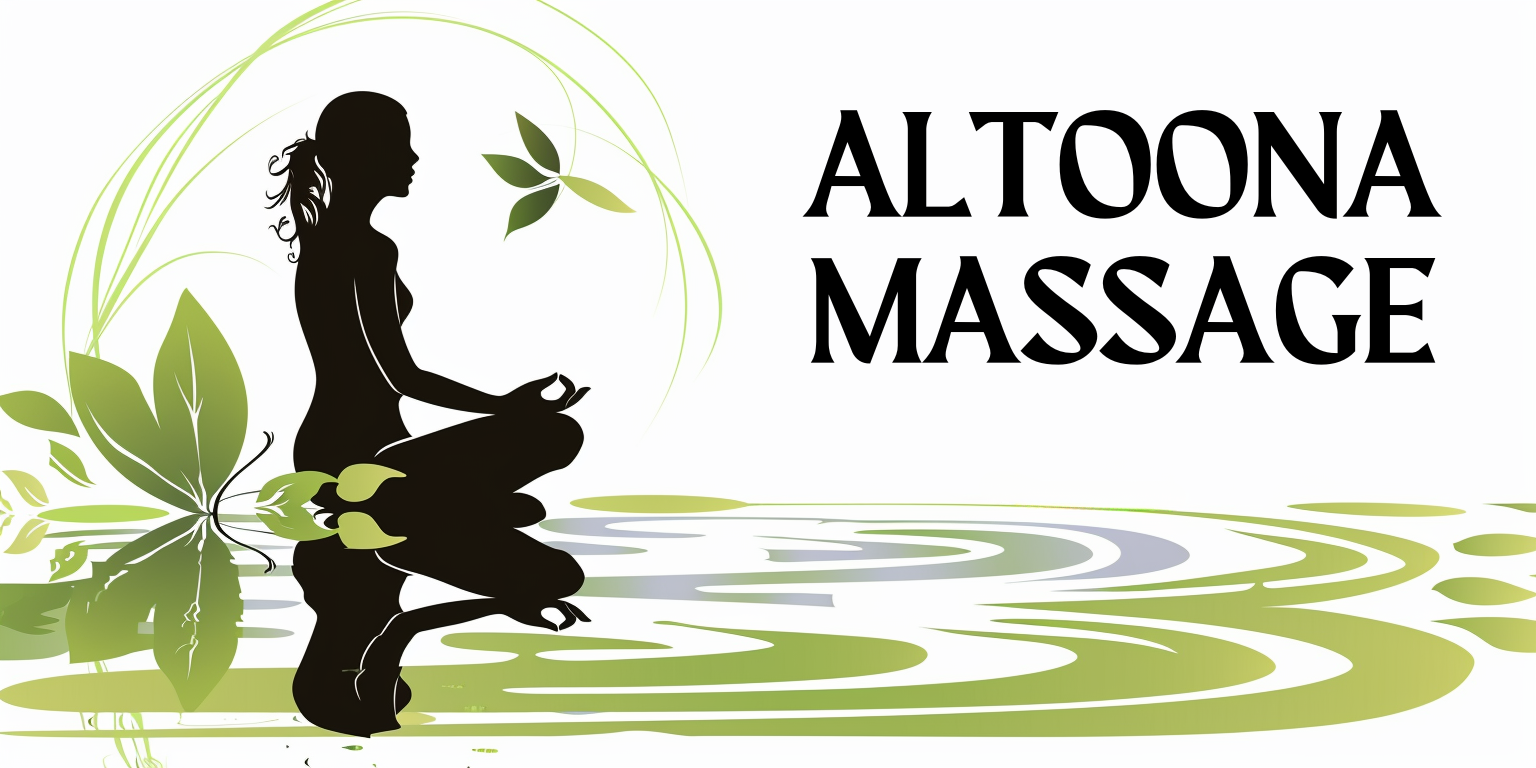Craniosacral therapy is a gentle, hands-on approach that focuses on the craniosacral system, which encompasses the membranes and cerebrospinal fluid surrounding the brain and spinal cord. This therapy is rooted in the belief that the body has an innate ability to heal itself, and by facilitating the flow of cerebrospinal fluid, practitioners can help restore balance and promote overall well-being. You may find it intriguing that this therapy was developed in the 1970s by Dr.
John Upledger, an osteopathic physician who recognized the importance of the craniosacral system in maintaining health. As you delve deeper into craniosacral therapy, you will discover that it is not merely a physical treatment but also a holistic approach that considers emotional and psychological factors. The therapy aims to release tension and restrictions in the body, which can lead to improved physical health and emotional clarity.
By understanding the principles behind craniosacral therapy, you can appreciate its potential to address a wide range of issues, from chronic pain to stress-related disorders.
Key Takeaways
- Craniosacral therapy is a gentle, hands-on approach that releases tensions deep in the body to relieve pain and dysfunction and improve whole-body health and performance.
- Craniosacral therapy works by using a light touch to release restrictions in the soft tissues that surround the central nervous system, which can improve the functioning of the central nervous system and allow the body to self-correct.
- Conditions that can benefit from craniosacral therapy include migraines and headaches, chronic neck and back pain, stress and tension-related disorders, motor-coordination impairments, infant and childhood disorders, and many other conditions.
- Anyone can benefit from craniosacral therapy, including infants, children, and adults of all ages. It is safe for all ages and can be effective for a wide range of conditions.
- Craniosacral therapy for babies and children can help with conditions such as colic, feeding difficulties, sleep disturbances, and developmental delays, while for adults it can help with stress, anxiety, chronic pain, and more.
How Craniosacral Therapy Works
Craniosacral therapy operates on the premise that the craniosacral system plays a crucial role in your overall health. During a session, a trained therapist uses light touch to assess the rhythm of your craniosacral system, which is often described as a subtle pulsing sensation. This rhythm is believed to reflect the health of your central nervous system.
By gently manipulating the bones of your skull, spine, and pelvis, the therapist can help release restrictions and improve the flow of cerebrospinal fluid. You might be surprised to learn that craniosacral therapy is often described as a deeply relaxing experience. As you lie comfortably on a treatment table, the therapist’s gentle touch encourages your body to enter a state of relaxation, allowing you to release tension and stress.
This process can lead to a profound sense of calm and well-being, making it an appealing option for those seeking relief from both physical and emotional discomfort.
Conditions that Can Benefit from Craniosacral Therapy

Craniosacral therapy has been found to be beneficial for a variety of conditions. If you suffer from chronic pain, migraines, or tension headaches, you may find that this therapy helps alleviate your symptoms. Many individuals report significant improvements in their pain levels after just a few sessions.
Additionally, those with fibromyalgia or other chronic pain syndromes often experience relief through craniosacral therapy, as it addresses underlying tension and promotes relaxation. Beyond physical ailments, craniosacral therapy can also be effective for emotional and psychological issues. If you struggle with anxiety, depression, or post-traumatic stress disorder (PTSD), this gentle approach may help you process and release emotional blockages.
By fostering a sense of safety and relaxation, craniosacral therapy allows you to explore your feelings in a supportive environment, potentially leading to greater emotional resilience and clarity.
Who Can Benefit from Craniosacral Therapy
One of the most appealing aspects of craniosacral therapy is its versatility; it can benefit individuals of all ages. Whether you are an adult dealing with stress or a child experiencing developmental challenges, this therapy offers a safe and effective way to promote healing. You may be particularly interested to know that craniosacral therapy is often used with infants and children, as their bodies are more responsive to gentle touch and manipulation.
For adults, craniosacral therapy can be an excellent complement to traditional medical treatments. If you are seeking alternative therapies to enhance your overall well-being or manage chronic conditions, this approach may resonate with you. The gentle nature of craniosacral therapy makes it suitable for those who may be sensitive to more invasive treatments or who prefer a holistic approach to health.
Benefits of Craniosacral Therapy for Babies and Children
Craniosacral therapy can be especially beneficial for babies and children, as their developing bodies are highly receptive to gentle interventions. If you are a parent concerned about your child’s health or development, you might find comfort in knowing that this therapy can address various issues such as colic, sleep disturbances, and developmental delays. Many parents report positive changes in their children’s behavior and overall well-being after receiving craniosacral therapy.
Moreover, this therapy can provide a nurturing environment for children who have experienced trauma or stress. The gentle touch of a craniosacral therapist can help children feel safe and supported as they navigate their emotions. By fostering a sense of security, craniosacral therapy can empower children to express themselves more freely and develop healthier coping mechanisms.
Benefits of Craniosacral Therapy for Adults

As an adult seeking relief from stress or physical discomfort, you may find that craniosacral therapy offers numerous benefits. One of the most significant advantages is its ability to promote deep relaxation. In today’s fast-paced world, many individuals struggle with chronic stress, which can lead to various health issues.
By engaging in regular craniosacral sessions, you can cultivate a sense of calm that permeates your daily life. Additionally, craniosacral therapy can enhance your overall sense of well-being by improving your body’s natural healing processes. If you have been dealing with chronic pain or tension, this therapy may help release long-held restrictions in your body, allowing for greater mobility and comfort.
Many individuals report feeling more balanced and centered after sessions, which can positively impact both physical health and emotional stability.
What to Expect During a Craniosacral Therapy Session
When you arrive for your first craniosacral therapy session, you can expect a warm and welcoming environment where your comfort is prioritized. The therapist will likely begin by discussing your health history and any specific concerns you may have. This conversation allows them to tailor the session to your unique needs.
You will then lie down fully clothed on a treatment table while the therapist gently places their hands on various areas of your body. During the session, you may experience sensations such as warmth or tingling as the therapist works with your craniosacral system. It’s important to remember that each person’s experience is unique; some individuals may feel deeply relaxed while others may have emotional releases during the session.
Regardless of what unfolds, trust that the process is designed to support your healing journey.
Finding a Qualified Craniosacral Therapist
If you’re considering craniosacral therapy as part of your wellness journey, finding a qualified therapist is essential. Start by researching practitioners in your area who have received proper training in craniosacral therapy techniques. Look for certifications from reputable organizations such as the Upledger Institute or other recognized training programs.
You might also want to read reviews or ask for recommendations from friends or healthcare providers who have experience with craniosacral therapy. A good therapist will take the time to understand your needs and create a safe space for healing. As you embark on this journey toward improved health and well-being, remember that finding the right practitioner can make all the difference in your experience with craniosacral therapy.
FAQs
What is craniosacral therapy?
Craniosacral therapy is a gentle, hands-on approach that aims to enhance the body’s natural healing processes. It involves the manipulation of the craniosacral system, which includes the membranes and cerebrospinal fluid that surround and protect the brain and spinal cord.
How does craniosacral therapy work?
Craniosacral therapy practitioners use light touch to evaluate and enhance the craniosacral system’s functioning. This can help to release restrictions and improve the flow of cerebrospinal fluid, which in turn can positively impact the central nervous system.
Who can benefit from craniosacral therapy?
Craniosacral therapy can benefit people of all ages, from infants to the elderly. It is often used to address a wide range of conditions, including chronic pain, stress, anxiety, migraines, and musculoskeletal issues. It can also be beneficial for those seeking relaxation and overall wellness.
Are there any contraindications for craniosacral therapy?
While craniosacral therapy is generally considered safe, there are some contraindications to consider. These may include acute aneurysm, recent head injury, and certain medical conditions. It’s important to consult with a healthcare professional before undergoing craniosacral therapy, especially if you have any underlying health concerns.
